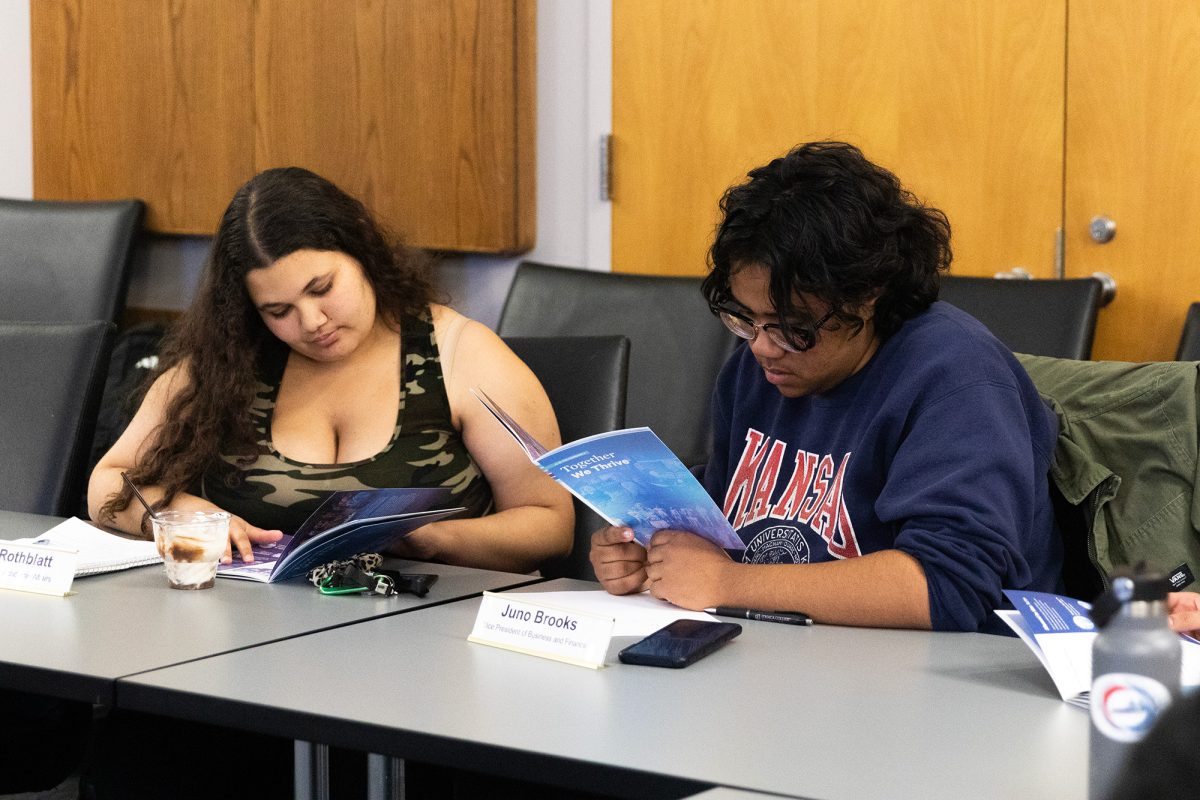The Athletics and Events Center has been awarded a Gold designation in Leadership in Energy and Environmental Design for its sustainable construction and systems, joining the Peggy Ryan Williams Center and the School of Business, which have Platinum designations.
LEED is a set of standards that measure the construction, design and operation of high-performance green buildings for which there are four levels of certification: Certified, Silver, Gold and Platinum, from lowest to highest in point value.
Marian Brown, special assistant for campus and community sustainability, said from the outset, the A&E Center was registered to be constructed using 30 percent less energy and being able to meet the qualifications necessary to receive LEED certification.
“LEED is a whole protocol to think about the different areas in which you approach the design of the building,” Brown said. “You especially want to have it have great support for the occupants of the building, from indoor air quality efforts, but also for access to views and day lighting. Then, once you’re designing the building, it’s based on points of how well did you do achieving that.”
The United States Green Building Council designed the point system, which designates LEED Gold ratings to buildings such as the A&E Center that achieve a score between 60 and 79 points.
In a press release issued Jan. 28, Ithaca College President Tom Rochon said the college has made a commitment to ensure all new and renovated buildings will at least meet LEED Silver certification.
Currently, the college has four LEED-certified projects, and with each one, Brown said they learn a little more about how to improve the efficiency of the design process.
“We also learn how to go back to our existing buildings and incorporate some of the technologies and strategies that are energy- and water-conserving into other building projects,” she said.
Susan Bassett, director of intercollegiate athletics and recreational sports, said the certification is important for the A&E Center because it exemplifies the college’s commitment toward a more sustainable design.
“I think it’s a great point of pride for the athletics department, and I think as an institution, for the college, it’s a really tremendous achievement,” Bassett said.
Dan Robinson, head coach of the Ithaca men’s crew team, said the building’s design is also beneficial to the student athletes. He said there is a noticeable difference in air quality between the A&E Center and the north foyer of the Campus Center, where the crew teams rowed in the Erg-a-thon Jan. 30 to raise money for the Tompkins County United Way, the local chapter of the nonprofit organization, and their spring training trip to Gainesville, Ga.
“The A&E Center — we do a lot of training with rowing machines in there — and it’s a very good venue to do that,” he said.
Gerald Hector, vice president of finance and administration, said the college is currently looking to hire a director of energy management and sustainability to link the sustainability efforts on campus together to make a more cohesive plan.
“What that person will be doing basically is going around trying to bring all of the disparate things that we have on campus together in one holistic way to be analyzed and measured,” he said.
Brown said it was possible to further improve upon the performance of existing LEED buildings, but that it would require the college to follow a different set of USGBC procedures.
“There are LEED protocols for something called Existing Buildings, and there’s also a LEED protocol for something called Operations and Maintenance,” Brown said. “We’d have to re-register and work on those protocols. We’ve never done that before, but it is a possibility that we could take a look at existing buildings, which would be more like a major renovation.”
The college has been taking steps to become more sustainable in the future with the approval of the Climate Action Plan in 2009 to become 100 percent carbon neutral by 2050, and by means of improving the environmental footprint of existing buildings.
“A lot of times with sustainability, people can’t really see it or feel it because it’s a fairly new phenomenon,” Hector said. “What my history and my experience has taught me is you have to create the story around it.”







